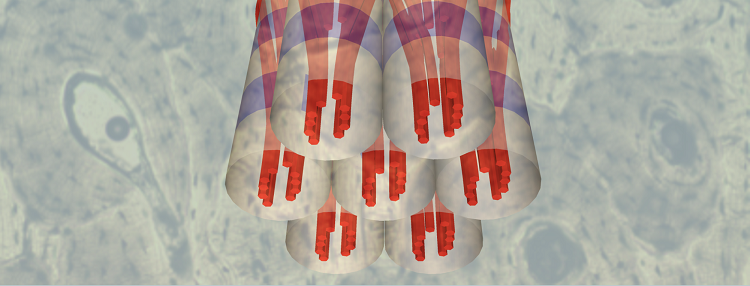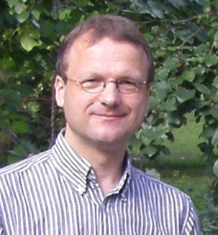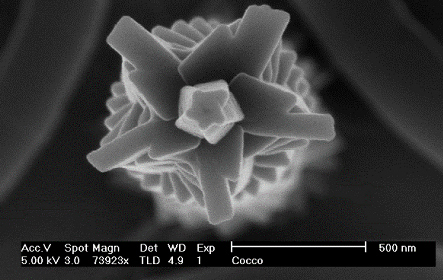
Nano- and Biomaterials Research: learning from nature to design superior materials
- We interrogate the nanostructure and the relation between structure and function of bio-composites such as bone, teeth, sea-shells, coral skeletons and calcifying algae
- We apply of state-of-the art physical materials characterization techniques such as electron microscopy, X-ray spectroscopy and Raman microspectroscopy
- We are interested in the interactions of nanomaterials with the environment and in organisms such as human body
- We support the development of novel materials for biomedical, environmentally friendly applications
The Nano - and Biomaterials team is headed by Prof. Roland Kröger, Chair in Physics.

Our interdisciplinary research activities concentrate on materials at the interface between physics and biology using state of the art materials characterisation techniques such as transmission electron microscopy, X-ray spectroscopy and Raman microspectroscopy. We focus on the interrogation of biological composite materials and the relation between structure and function of materials created by Nature such as bone, teeth, sea shells, coral skeletons or coccolithophore algae. Aim is to comprehend the interaction of nanomaterials with the environment and in organisms such as the human body – this is key for the application of functional nanoparticles, e.g. for soil remediation or for biomedical purposes. Furthermore, we develop now approaches to study pollution in the environment (e.g. microplastics, heavy metal contaminations) and their impact on biological systems in collaboration with researchers from the Department of Environment and Geography.
Key publications
1.Science Advances,2019 2. Science, 2018 3. Journal of Structural Biology 183 (2), 270, 2013 4. eLife, 2016 5. Acta Biomaterialia, 2016 6. Biochemistry, 2016 7. Nature Materials 2014 8. CrystEngComm 16, 2014 9. Journal of Structural Biology 183 (1) 57, 2013 10. Nature Materials 10, 890, 2011
To view more publications within these research areas, please follow this link: Pure pages


